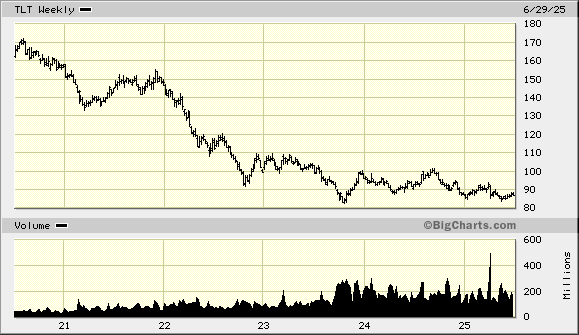No-Reserve Banking And Less Capital, Too!
BANK CAPITAL REQUIREMENTS
The Federal Reserve Board voted last week to move ahead with a proposal to scale back the amount of capital that banks must hold as part of their assets. A Reuters report indicated that the amount of capital that banks must set aside will depend on the size of the role they play in the global financial system.
Is reducing capital requirements for banks a good idea? The Federal Reserve and the banks think so. The banks want to use the restricted capital to buy more Treasury bonds. Fed Chair Powell said it was “prudent” to reconsider the current requirements.
Here is a short summary of the situation from an article at https://www.pyments.com …
“Currently, banks are required to hold a flat percentage of capital in reserve against all assets, per the report. The CNBC report said that for this purpose, lower-risk assets are treated essentially the same as high-yield ones, and banks are practically penalized for holding Treasuries.
The current requirement was put in place after the 2008 financial crisis, increased over the years, and has for years been the target of banks that argue that it unnecessarily restricts their ability to facilitate trading in lower-risk assets, such as Treasury bonds, the Reuters report said.” (source)
Treasury Secretary Scott Bessent wants to see the requirements relaxed, too. Bessent said “we are very close to moving” on this issue and he thinks it would allow greater flexibility for banks to increase holdings in government bonds. That may be so, but…
ARE TREASURIES LOWER-RISK ASSETS?
For the past three years, Treasury bonds have proven to be anything other than a “lower-risk asset”. Below is a chart that shows how badly U.S. Treasuries have performed…
TLT (Long-Term Treasury Bond ETF) 2020-25

ho needs more restricted capital? Let’s buy more Treasury bonds, instead. They are safe and liquid. Oh-oh…
SILICON VALLEY BANK
Existing higher capital requirements put in place in 2008 did not help Silicon Valley Bank (SVB). Liquidity problems forced SVB to sell Treasury bonds that had declined by 30% or more.
The argument for higher capital requirements is that it can reinforce and support overall capital structure (strong capital base) and maintain solvency. The additonal capital can be a source of temporary liquidity, when necessary.
Unfortunately, it did not work that way for SVB. Their flawed lending strategies (borrow short and lend long) put them at a huge disadvantage. Being forced to liquidate long-term bonds at huge losses in order to meet customer withdrawl demand erased any illiusion of solvency and catapulted them straight into bankruptcy.
Regardless, there is another issue that looms large in the SVB debacle and portends ill for all banks.
SVB’s bankruptcy, and some other bank failures in 2023, occurred three years after the Federal Reserve suspended the 10% reserve requirement for banks. What was “fractional-reserve banking” became “no-reserve banking”.
NO-RESERVE BANKING
Under the fractional-reserve system, banks were required to keep a portion of customer deposits on hand. The amount could vary, but was formerly 10% of the deposits on hand. The reserves were required in order to meet ongoing withdrawl demand. The other 90% could be lent out to individuals and businesses.
If too many people wanted too much of their money in a short period of time, the bank might not be able to satisfy the demand for withdrawls of money. (see Fractional-reserve Banking – Elephant In The Room).
However bad the problem was before, it is worse now. Previously, the 10% threshold gave us an indication of just how seriously worse was the situation of any particular bank if they dropped below the threshold. Now, we know nothing.
The 10% reserve requirement was reduced to 0% on March 15, 2020, just as the economy entered its forced shutdown. The entire banking systm now functions on a 0% reserve requirement.
CONCLUSION
Banks are horribly illiquid. Solvency is an illusion – not a reality. Relaxing bank capital requirements at this time probably doesn’t add much to the exagerated risk that already exits in the banking system.
The additional capital won’t prevent financial institutions from going bankrupt; they already are. (see Bank Stress Test Results Are Just Window Dressing)
Kelsey Williams is the author of two books: INFLATION, WHAT IT IS, WHAT IT ISN’T, AND WHO’S RESPONSIBLE FOR IT and ALL HAIL THE FED
*******















